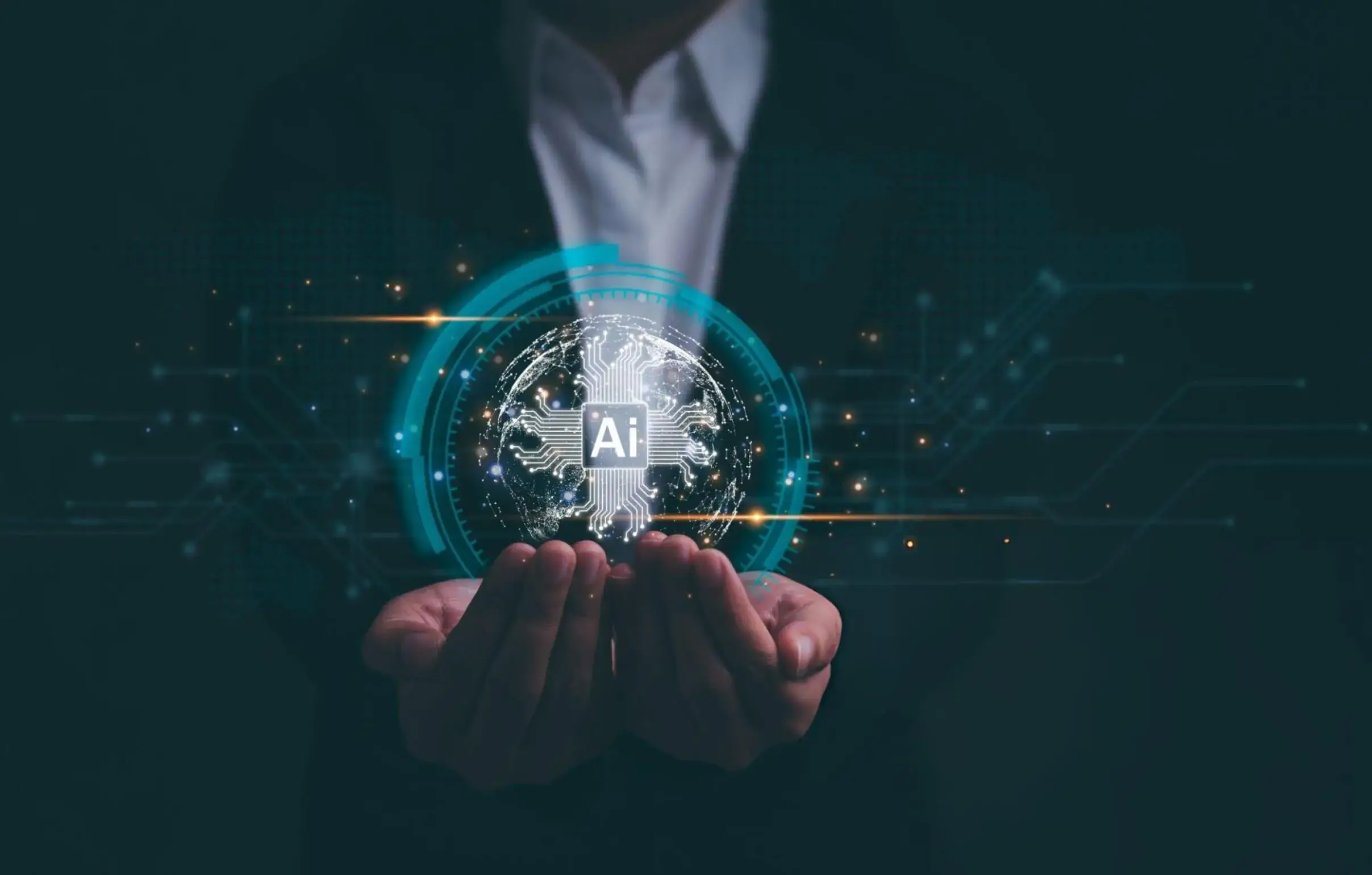In recent years, Artificial Intelligence (AI) software development has moved from experimental projects to mission-critical systems across industries. As companies leverage AI to optimize operations, deliver new services, and gain competitive advantage, the demand for smarter, faster, and more scalable AI solutions is skyrocketing. At Creamerz Soft, we see this trend first-hand as our clients ask not just for AI, but for intelligent AI: solutions that are efficient, robust, secure, and designed for continuous learning and improvement.
In this article, we’ll explore what the future holds for AI software development, what key trends will define growth, what challenges must be overcome, and how companies like Creamerz Soft are preparing to lead in this evolving landscape.
Why AI Software Development Is Positioned for Massive Growth
Wider Adoption Across Industries
- From healthcare, finance, education, to retail and manufacturing, almost every sector is finding AI use cases: diagnostic tools, fraud detection, personalized learning, inventory forecasting.
- As more data is generated (IoT, mobile, edge devices), the raw material for AI keeps expanding.
Advancements in Model Architectures & Algorithms
- Transformer-based models, large language models (LLMs), graph neural networks, reinforcement learning—these continue to evolve, becoming more efficient and generalizable.
- Research in unsupervised or self-supervised learning helps reduce dependency on annotated datasets.
Improved Compute Power & Infrastructure
- GPUs, TPUs, specialized AI accelerators, efficient edge chips.
- Cloud computing’s on-demand scalable infrastructure allows companies like Creamerz Soft to deploy AI solutions faster and at scale, without needing huge CAPEX.
AI as a Service & Platformization
- More tools, APIs, and platforms are abstracting away complexity (e.g. ML Ops, AutoML, model deployment, monitoring). This allows developers, not only data scientists, to integrate AI into software.
- Platform services reduce time to market and lower entry barriers for smaller companies.
Demand for Explainability, Fairness & Ethics
- As AI usage increases, regulatory pressure and societal expectations grow. Explainable AI (XAI), bias mitigation, data privacy will be essential.
- Companies that build trustworthy AI will be more competitive and sustainable.
Integration with Other Emerging Technologies
- Edge computing + AI: deploying models closer to data sources (e.g. in IoT, mobile, autonomous vehicles).
- AI + Internet of Things (IoT), AI + blockchain, AI + augmented / virtual reality.
Automation & Productivity Boost
- AI tools are increasingly being used to assist developers themselves (code generation, bug detection, automated testing).
- Many software development tasks will be partially automated, freeing up human creativity and strategy.
Regulation & Governance Maturation
- Because AI has risks, governments and international bodies are establishing regulation (for example, around privacy, data protection, model bias).
- AI software development must incorporate governance, compliance, risk management from the start.
Key Trends That Will Shape the Future
ML Ops & Continuous AI Lifecycle Management
AI model development is not a “build once” activity. Monitoring drift, retraining models, versioning, A/B testing—these are now standard. Firms like Creamerz Soft are investing heavily in ML Ops pipelines to ensure models remain accurate, efficient, and safe.
Model Efficiency: Smaller, Faster, Greener
Distillation, quantization, pruning, sparsity techniques — these reduce model size and run-time, enabling deployment to edge devices, reducing power usage, and lowering costs.
Federated Learning & Privacy-Preserving AI
As data privacy becomes more critical, techniques like federated learning allow models to be trained across decentralized data without exposing raw data. Differential privacy, homomorphic encryption too.
Generative AI & Creative Use Cases
Generative models (images, text, music, video) are growing in both quality and business applicability. Content generation, design assistance, synthetic data for training—these are just a few applications.
Real-Time & Embedded AI
Use in autonomous systems, robotics, AR/VR, smart devices demands low latency, embedded or edge-AI capabilities.
Cross-Cloud, Multi-Cloud, Hybrid Cloud AI Deployments
Organizations will run workloads across cloud providers, on-premises, edge devices. AI development and deployment frameworks must accommodate this diversity.
AI Governance, Ethics, & Regulations
Global regulation efforts (EU AI Act, etc.), ethics boards, AI auditing, bias detection tools—these become built-in parts of the development process.
Challenges and Barriers
Growth is promising, but not without obstacles. Some key challenges include:
Data Quality & Quantity
Good AI requires high-quality data and often large datasets. Issues with labeling, bias, missing data, or noisy data can degrade performance.
Talent Shortage
Skilled data scientists, ML engineers, AI researchers are in demand. Training and retaining talent is costly and competitive.
Computational Costs
Large models require significant compute resources—energy, specialized hardware, cooling, etc. Cost management is critical, especially for startups or companies in regions with less infrastructure.
Model Interpretability & Trust
Lack of clarity how AI models arrive at decisions can be a barrier in sensitive sectors (medical, legal, financial).
Regulatory & Ethical Risks
Privacy laws (like GDPR, HIPAA), anti-discrimination rules, and future AI regulations mean that missteps can have negative legal or business consequences.
Bias & Fairness
AI systems trained on biased data can perpetuate or amplify undesirable outcomes.
Over-promising, Under-delivering
There’s a risk of hype; not every problem is well solved by AI. Companies must set realistic expectations, manage risks.
How Companies Like CREAMERZ SOFT Are Preparing
At Creamerz Soft, we believe that future growth in AI software development depends not just on adopting new algorithms, but on doing so thoughtfully. Here is how we are positioning ourselves:
- Investing in ML Ops pipelines for continuous integration / continuous delivery (CI/CD) of AI models.
- Building modular, maintainable architectures so that models can be updated, replaced, or scaled without reengineering entire systems.
- Prioritizing security, compliance, and ethical AI: data privacy (encryption at rest/in transit), bias detection, audit trails.
- Emphasizing efficiency: model optimization, edge-AI, compute cost minimization.
- Fostering partnerships, research initiatives, staying up to date with AI literature and emerging best practices.
Future Market Size & Projections
Some statistics and forecasts that show how big this growth is likely to be:
- The global AI software market is projected to grow at CAGR of 30-40% (or more) over the next 5-10 years (depending on segment).
- Large language models, generative AI, and cloud-based AI platforms are among the fastest growing sub-segments.
- AI infrastructure, tools, and services (including ML Ops, model monitoring, explainability) will see increasing investment.
What The Growth Means for You (Businesses, Developers, Stakeholders)
- Businesses need to consider AI readiness: is your data infrastructure strong? Can you scale? Do you have governance & compliance in place?
- Developers will increasingly need skills not just in ML modelling, but also deployment, monitoring, fairness, security, and edge deployment.
- Stakeholders must budget not just for initial AI model building but for ongoing maintenance, monitoring, compliance.
- ROI analysis will shift: not just what AI delivers now, but what it costs to maintain, update, secure and scale it.




